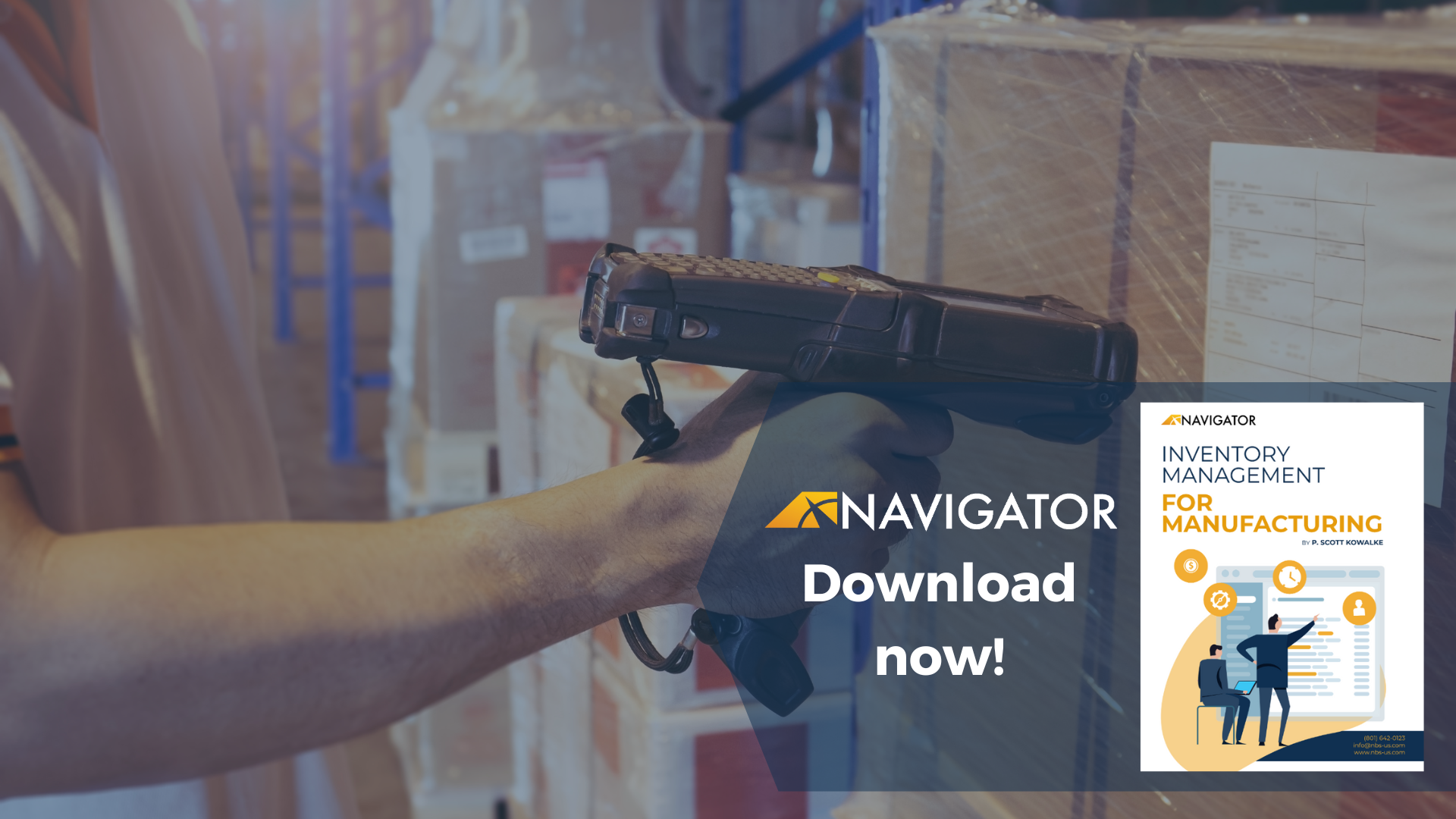Leaders in the C-suite typically understand that if something isn’t broken, don’t fix it. And as a general rule of thumb, this philosophy serves business leaders in good stead.
Every rule has its exception, though, and sticking with what works is tricky when it comes to technology.
Older systems might still function as intended, but there’s a hidden cost from lost opportunities and quiet obsolescence. Legacy IT systems kill a business softly over time, like boiling a frog. The frog doesn’t know it is in danger as the temperature slowly rises, but the end result is pretty bad for the frog. This is the same with legacy software that works but holds a company back.
Right now, many businesses are at a critical juncture with digital transformation and moving to modern, cloud-based IT systems. Ten years ago, “if it isn’t broken, don’t fix it” might have applied to the migration from legacy on-premise ERP to modern cloud-based ERP solutions. But now the missed opportunity and quiet cost of sticking with legacy ERP is getting larger, and it has reached the point that it can’t be ignored.
There’s now a laundry list of missed opportunities from sticking with legacy ERP, some of them that put a business at a severe competitive disadvantage. Legacy solutions might not be broken, but they aren’t serving a business well any longer.
Here are five missed opportunities for businesses that stick with outdated ERP solutions.
1. A Single Source of Truth
Cloud-based ERP serves as the nerve-center for a business, the single source of truth that houses all business data. Sales data, operational data, employee data, financial data, field sensor data—everything connects to cloud ERP, and the data is stored in one place instead of separate data silos.
Legacy ERP solutions might interface with the various data stores, but capturing all data and centralizing it in a single system is hard without a modern cloud solution because the connectivity is less robust, and on-premise systems typically have trouble both capturing data and making it available from anywhere at any time in the way that modern, cloud-based ERP can.
2. Robust Integration
The old model for corporate IT was monolithic, proprietary systems that were all-in-one but an island unto itself. That’s just not how the world works today, however. IT systems must be connected and able to integrate with other systems.
Modern, cloud-based ERP solutions that are natively built for the cloud are designed for integration with a wide range of other systems. Cloud ERP natively connects with other systems through APIs, EDI and other standard integration mechanisms, and both bespoke integrations and turnkey integration solutions such as Navigator’s iConnect handle the rest.
Further, cloud-based ERP is ready to integrate faster with new technologies as they emerge, the result of a business relying on a system that is constantly updated by the vendor through the cloud. New technologies such as the blockchain are far less accessible to businesses that rely on legacy solutions.
3. Real-Time Visibility
You don’t need us to tell you that faster decision-making is necessary for business today. This doesn’t come just from nimble organizational structures, though. It starts with better data access so trends and business adjustments emerge organically and in real-time.
Modern, cloud-based ERP solutions give businesses a significant edge when it comes to faster decision-making because they enable end-to-end, real-time visibility into all areas of a business from anywhere on any device. Legacy solutions just can’t keep up with this function of the cloud.
Cloud ERP also improves visibility and speed with AI-based analytics and notifications. Not only is real-time business data accessible, it is augmented with automated analytical support for uncovering dynamics faster.
4. Deeper Automation
Automation has long been a foundational benefit of ERP systems. Modern, cloud-based ERP goes much further with automation than legacy solutions, however, the product of having all business data in real-time and better integration. With all of an organization’s data in one place, the scope for automation is much deeper.
Creating these automations is easier with a modern solution, too, because cloud ERP is designed for self-serve interaction. Employees and those in the C-suite can quickly build the automations they need without a call from the IT department, furthering automation adoption.
Enabling automation further, many cloud-based ERP solutions also assist automation setup through AI-based suggestions on how a business can add further automation. In many cases, this extra level of automation can be a game-changer, especially for businesses that predate the cloud.
5. Faster Pivots
Then there is nimbleness.
Business models are changing at a rapid clip, with new models emerging all the time as technology upends the old way that business is done. Not only must businesses change course more frequently, they often must radically alter their models. One example is wholesale distributors that now are pivoting to sell direct to consumers.
Modern ERP solutions enable these pivots because cloud-based ERP is more flexible and technologically current. A business that decides it needs ecommerce and deep integration with online markets such as Amazon have a much easier time making the pivot when their backend IT system is technologically current and can relatively easily be configured to support this change in how business is done.
Having real-time data to support these pivots helps, too.
Businesses still can get away without these benefits in many cases, but there’s a significant cost to it. And soon these benefits will stop being optional. So continuing to go with existing solutions that aren’t broken is possible—but it doesn’t make sense when looking deeper at the situation.
Legacy systems aren’t broken, but on the deeper level they are. So sticking with legacy solutions because they still work only makes sense when taking a very narrow view of the situation.
If you’d like help examining your current IT systems and seeing if it is time for an upgrade, contact one of our ERP consultants at (801) 642-0123 or by emailing info@nbs-us.com








